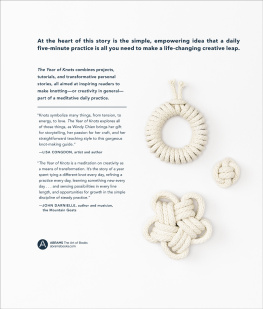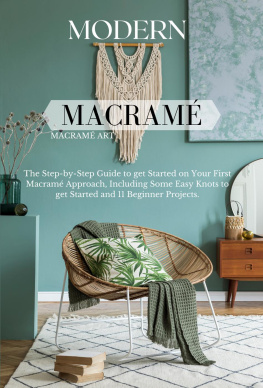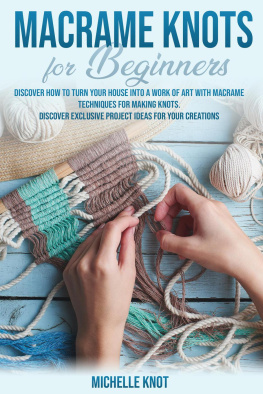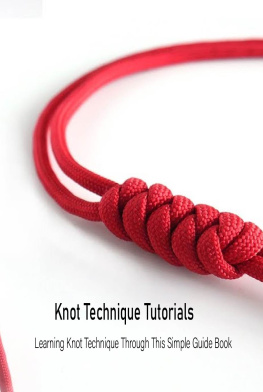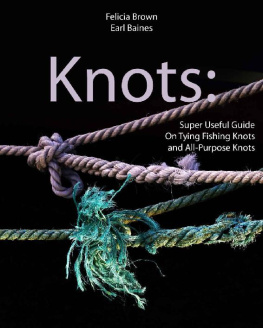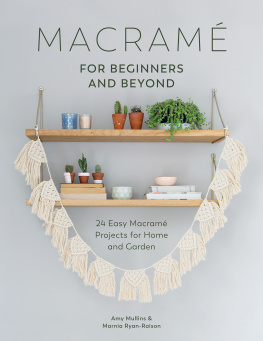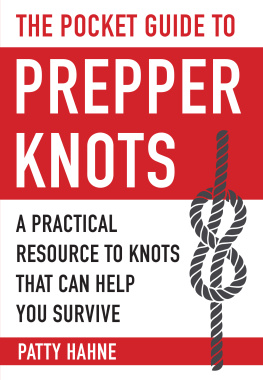
editor: shawna mullen
designer: heesang lee
production manager: kathleen gaffney
library of congress control number: 2018958267
isbn: 978-1-4197-3280-5
eisbn: 978-1-68335-667-7
text copyright 2019 windy chien
illustrations/photographs copyright 2019
All photographs, including front and back cover, by Vero Kherian, except: , by Anthony Strong
Excerpt on copyright Rebecca Solnit, first printed in The Encyclopedia of Trouble and Spaciousness (Trinity University Press, Nov. 2014). Reprinted with permission.
cover 2019 abrams
published in 2019 by abrams, an imprint of abrams. all rights reserved. no portion of this book may be reproduced, stored in a retrieval system, or transmitted in any form or by any means, mechanical, electronic, photocopying, recording, or otherwise, without written permission from the publisher.
abrams books are available at special discounts when purchased in quantity for premiums and promotions as well as fundraising or educational use. special editions can also be created to specification. for details, contact specialsales@abramsbooks.com or the address below.
abrams is a registered trademark of harry n. abrams, inc.

ABRAMS The Art of Books
195 Broadway, New York, NY 10007
abramsbooks.com
[The] simple act of tying a knot is an adventure in unlimited space... an excursion that is limited only by the scope of our own imagery and the length of the rope makers coil.
CLIFFORD ASHLEY , The Ashley Book of Knots

introduction
On January 4, 2016, I was at home in San Francisco in my backyard woodworking shed, sweeping up sawdust, aware of the new year ahead. I wondered, idly, what it might bring. What happened nextin a flashwas completely unexpected by me at that moment in time: I had an actual lightbulb moment, the kind I thought happened only in fiction. In the space of seconds, an entire year of knots laid itself out to me. Yes, knots. As in rope, tied.
At that time, I was a couple of years into my creative search after leaving my career at Apple. I had a small income from hand-carved wood spoons, brass knuckle rings, and a knotted pendant lamp I had named the Helix Light that was fast becoming popular with interior designers. Of all my projects, I was most compelled by macram, but I was beginning to suspect the traditional forms limitations might be a creative dead end. I certainly had no idea it would lead me to this revelation.
The year 2016 unfurled itself in my mind as I swept: I would learn one new knot each and every day of the year. I would post the daily results on Instagram, not only to keep myself accountable, but as a reference and a record. I would include captions explaining the knots names, histories, and utility, so that others could learn alongside me. I had no idea then if others would be interested, but I hoped they might be. I instantly intuited the projects self-imposed design constraints, such as making the knots out of white rope and photographing them on a white background, for visual consistency and in order to emphasize what I find to be the most compelling element of the art of knot-making: the line.
On that day, to catch up to the calendar, I learned and made four knots. I had 362 to go after that, because 2016 was a leap yearin more ways than one, as I would very soon discover.
What a leap indeed! I didnt know that within one year, I would present my work to museum curators, travel the country installing knot art on a majestic floor-to-ceiling scale, and secure my first gallery show. I didnt know then that my social media following would increase tenfold (and counting) and that I would be featured by Wired, Martha Stewart Living, the New York Times, and the San Francisco Chronicle. I didnt know that I would end up with a wall-size installation of more than three hundred unique knots that holds its own as a single work of art. I didnt know that within one short year Id have discovered, developed, and honed my own creative process and voice.
I didnt know that I would begin writing my first book.
Knot by knot, day by day, I changed my life.
And if I can change my life, so can you.
about the knots in this book
My earliest association with knots was my mother teaching me to make a macram plant hanger when I was a kid in West Point, New York. Macram was trendy then and it was a craft you could do at home. And Mom wasnt shy: We made a supersize, two-tiered plant hanger, probably out of a Sunset magazine. I loved the process intensely; it was an early formative experience for me.
The next time knots came into my consciousness, I was in my early twenties, thrifting in San Francisco, as we all did. I came across a how-to book of knots, which obviously struck a chord, so I purchased it without much thought. It wasnt beautifulit was a manualbut I had to have it. You know how it is: Owning a book about something cool is like owning a little bit of that coolness. It makes you think youre cool, too, even if youre not actually doing the thing in the book! At most, I had a vague sense that, come a rainy day, Id learn some of the knots.
Today, I have many knotting books in my library. Some are encyclopedias attempting to document the entirety of known knots (there are thousands). Others cover subsets of the knotting world based on function, occupation, or cultural origin. For example, China, Korea, and Japan have rich ornamental knotting traditions. One of my favorite books is by famed tightrope walker Philippe Petit, whose cutely titled book Why Knot? is filled with the knots that preserve his life when he performs death-defying feats.
All these reference tomes have their place and are useful. When I appear in public to present my work, the majority of people who approach me to speak are sailors and climbers who have those same books. These folks depend on knots utility and reliability.
But I have come to realize that the reason I love knots is different from other knotters reasons. I love those very same handy, practical knots not only for their usefulness, but also because theyre beautiful.
Sure, knots are little miracles of science. Theyre ingeniously engineered, hardworking objects: What is the direction of pull? Where does the tension lie? How many cords make up the knotone, two... eight? How strong is it, how secure is it (a different thing entirely), and what is its function? I see these empirical qualities as a feat of design, and when you look at it that way, you begin to see knots as singular expressions stationed at the intersection of science and aesthetics.
Clifford Ashley, who authored one of the definitive knot books (and my personal bible), The Ashley Book of Knots, defines a knot as any complication in a length of line. A concise definition, to be sure, but its also fantastically poetic, and reminds me of how Tom Waits speaks about music as doing interesting things to the air.
I feel exactly the same way about knots. Start with a straight line and bend it into a slight curve: This is a bight. Overlap the line onto itself and you have a loop. Add more complications and you have the beginnings of any one of several knot families. In every knot, the line will enter, travel around itself, other strands, or objects, then emerge from the knot.
Next page
